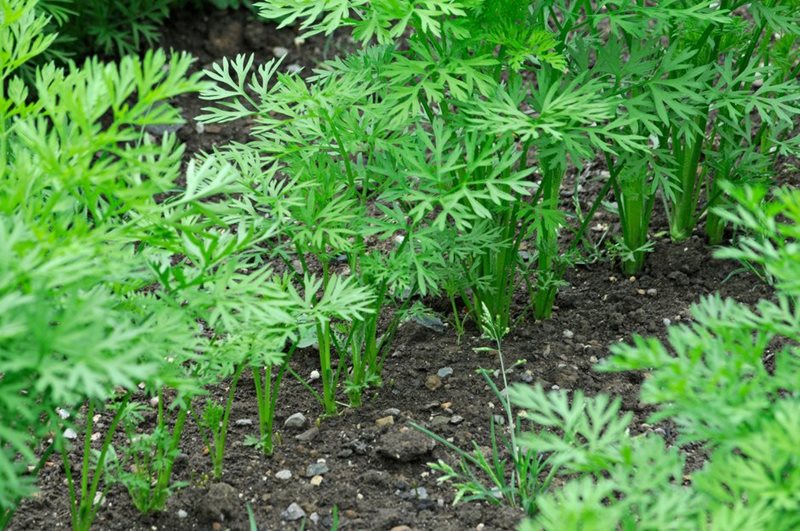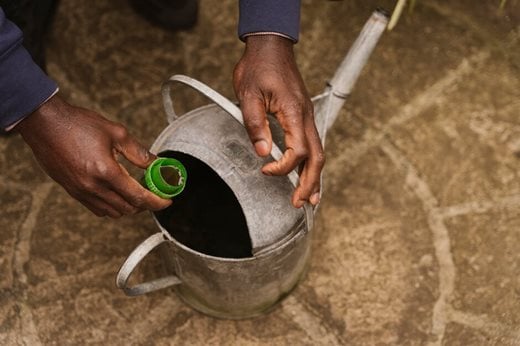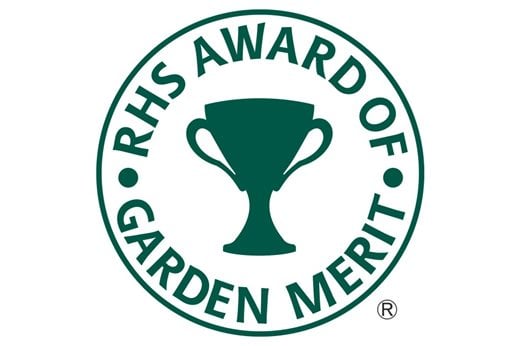After a tricky spring, here's some expert advice on how to look after your vegetable plants in June from RHS Chief Horticulturist Guy Barter
 2
2 021 got off to a rather slow start. After a frosty April and soggy, cool May, many of our seedlings are a bit lacklustre and in need of extra care.
021 got off to a rather slow start. After a frosty April and soggy, cool May, many of our seedlings are a bit lacklustre and in need of extra care.
Light levels peak in June, and plant growth quickens. But all is not equal on the vegetable plot.
Hardy crops such as lettuces and carrots romp away, as, alas, do the weeds. While nights remain below 12°C, tender crops (including courgettes and sweetcorn) often lag unless under cloches or fleece. However, there are some simple steps that can give them all a helping hand.
Weeding and thinning
Crops need room to grow, so it's worth thinning out your seedlings to the recommended spacing as early as possible. Combine thinning with weeding. Crops that are highly intolerant of weeds such as carrots and onions are first priority.
Beetroot is intolerant of both weeds and crowding, so early thinning and weeding makes all the difference to the crop. Don’t over-thin though: traditional plant spacings are rather generous and closer spacing is worth trying, particularly on raised beds where light can get in from the paths.
Potatoes and courgettes suppress weeds well with their broadly spreading foliage, so if time is short they can be left until last.
Hoeing is an easy way to deal with weeds. Little and often is best as it helps you catch weeds when they're small, young and easy to dispatch. Working shallowly is important, to avoid losing soil moisture. Shallow hoeing also avoids bringing up dormant weed seeds from deeper in the soil.
 Feeding
Feeding
Most garden soils are reasonably fertile from all the compost and manure that gardeners apply, and good crops will result even without fertiliser.
However, some crops including beetroot, runner beans and the cabbage family (brassicas) respond very well to added fertiliser during their growing period.
More does not mean better when it comes to fertiliser, as excess makes plants prone to pests and diseases. Go easy and follow manufacturer’s instructions – you can always add more later if necessary. Homemade fertilisers, comfrey or nettle liquor for example, tend to be much weaker, so use you can use these lavishly and safely.
Watering
Soil retains much winter rain lower down, which was very usefully topped up this year in rainy May. Established early-sown plants can access this, but young plants will need watering in dry spells.
Once seedlings and transplants have rooted out into the soil, stop watering unless dry spells occur. For June watering once every 14 days or so, aiming to wet the root depth of the crop, is usually enough. In hotter July and August, watering every 10 days might be needed.
Next month light remains abundant, before declining in August and rapidly dwindling in September, so finish off any planting as early as possible to get the full benefit of brief British summers.
 Pick of the crop
Pick of the crop
Look for the RHS Award of Garden Merit (AGM) when buying vegetable seed or small plants. You can also download the RHS lists of recommended cultivars.
See also

